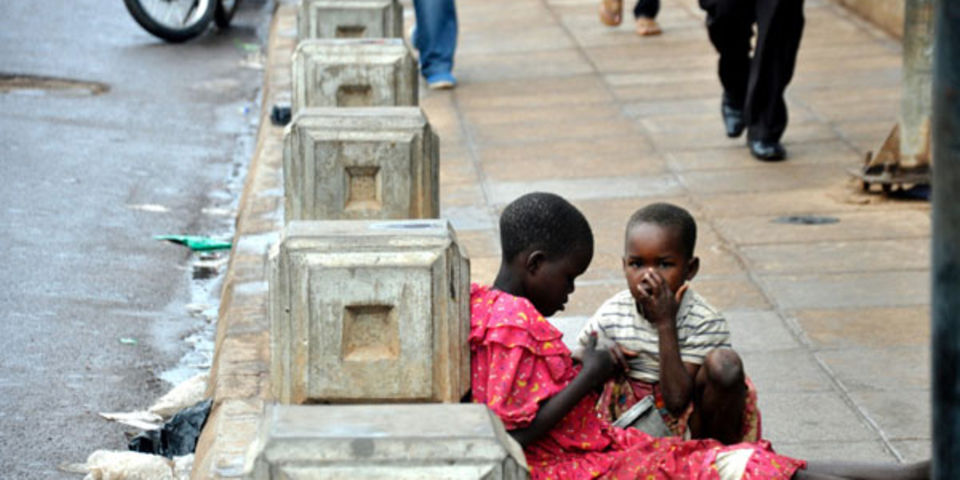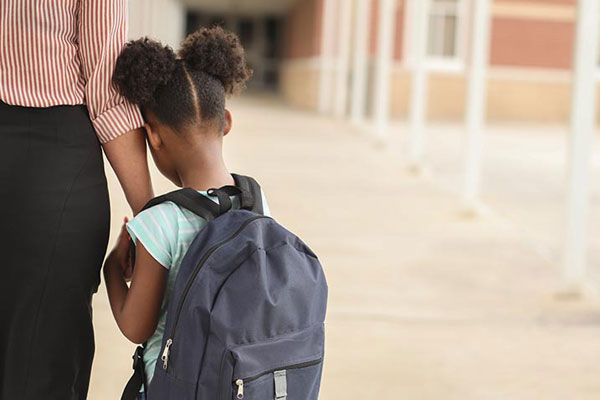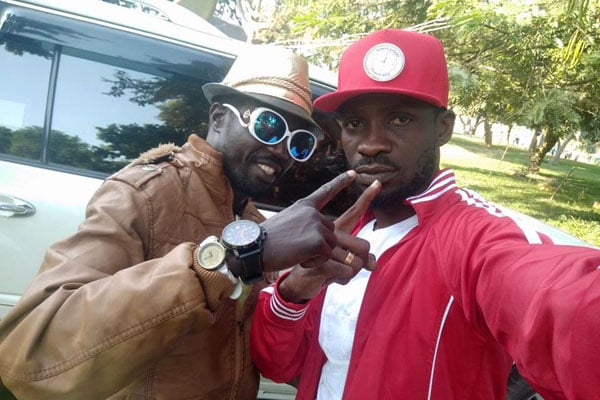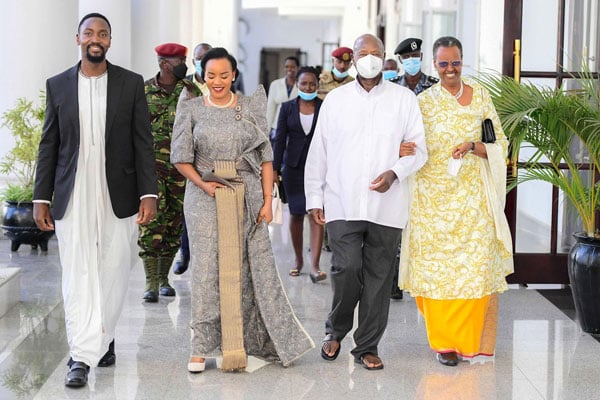Prime
Protecting children’s rights: How to build on the gains
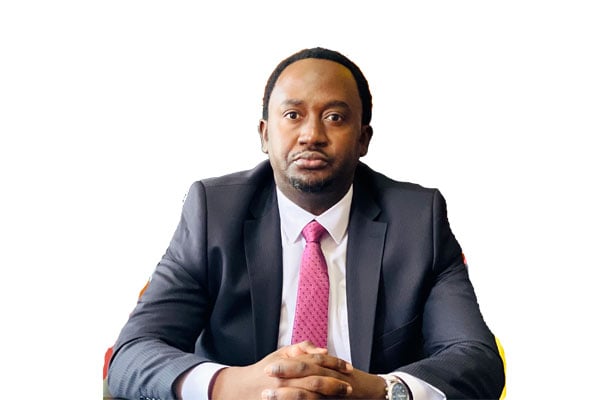
Author, Crispin Kaheru. PHOTO/FILE
What you need to know:
- We should be able to ask, to what extent are holistic frameworks funded and implemented?
Uganda has one of the highest numbers of children, with 57.4 percent of the population aged 0-18 years. Chapter Four of the 1995 Constitution of Uganda recognises the rights of the child.
It specifically provides for protection and promotion of the fundamental rights of children. This is in sync with the UN Convention on the Rights of the Child (CRC, 1989) and the African Charter on the Rights and Welfare of the Child (1990), both which Uganda ratified.
As a government, Uganda has moved to domesticate these provisions through its laws, administrative structures and enforcement mechanisms. The CRC together with other international and regional standards on children rights, provide a firm foundation for the enjoyment of human rights by all children without discrimination of any form.
The legislative framework in Uganda indeed provides an influential legal architecture for the protection of children rights. Strides have been registered in regenerating the well-being of children in Uganda by government, partners, civil society and other key stakeholders.
The Covid-19 pandemic and the subsequent lockdowns with pro-longed school closures however brought to the fore vulnerabilities and violation of children rights. In 2020 alone, Uganda registered an increase in poverty levels from 27.5 percent to 32.7 percent, with 56 percent of children suffering from multidimensional child poverty. The shocking rate of teenage pregnancies, the extent of which is still little known, that was recorded during the Covid-19 pandemic is a stark reminder of the work that still remains to protect children.
ALSO READ: Know the signs and forms of child abuse
A recent study conducted by Forum for African Women Educationalists (FAWE) – Uganda Chapter, found significant increases in teenage pregnancy rates specifically associated with the lockdown.
FAWE reported that between March 2020 and June 2021 there was a 22.5 percent increase in pregnancy across the country, from 80,653 to 98,810 among girls aged 10–24 making their first antenatal care visit. In Kasese alone, police recorded more than 10,000 teenage pregnancies in just 2021.
Clearly, vulnerabilities took a toll on children in the period 2020- 2021 when learning institutions where children and teenagers spent 80 percent of their time acquiring supportive knowledge, values, attitudes and behaviour patterns were closed to prevent the spread of Covid-19.
Child labour, sexual exploitation, abuse, and other various forms of violence targeting children still abound. Children are being trafficked, forced into early marriages and some even have to endure harmful traditional practices.
Whereas a lot has been done, for the remaining concerns to be decisively tackled, there is need for stronger, sustained and strategic partnerships with relevant entities.
ALSO READ: What you say can make or break children
Government institutions should work with credible children-centered entities including UNICEF to promote and protect the rights of children in Uganda. Development initiatives should consistently align with the promotion and protection of children’s rights to life, survival and development.
We must, for instance, be able to stop and ask, how much do initiatives such as the Parish Development Model, Emyooga, Youth Livelihood Programme, etc inherently seek to promote and protect the rights of the child?
In a similar spirit, we should be able to ask, to what extent are holistic frameworks such as the National Integrated Early Childhood Development Policy Action Plan funded and implemented? To address children’s rights issues, our prescription should be of a broad-spectrum nature that takes care of nutrition, health, nurturing, protection, stimulation and training.
If we reinvigorate such a complete and integrated approach to conceptualization and implementation of development initiatives, then we can possibly make a more serious attempt at incrementally tackling issues of: street children, children in the worst forms of labour, children in need of resettlement and rehabilitation, children who are victims of trafficking, forced and early child marriages, teenage pregnancies, children in hard-to-reach areas, among others. That way, we will be substantively protecting and promoting the rights of children in Uganda.
The writer is Commissioner, Uganda Human Rights Commission (UHRC) [email protected]
